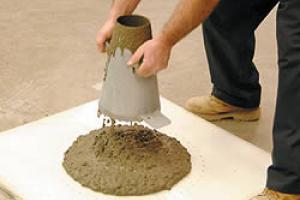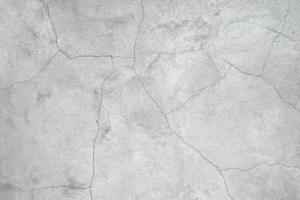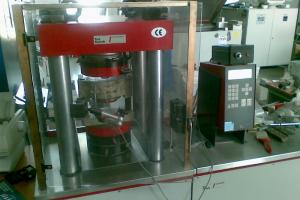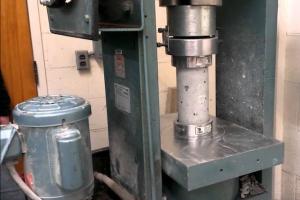Classification & Advantages of Light Weight Concrete
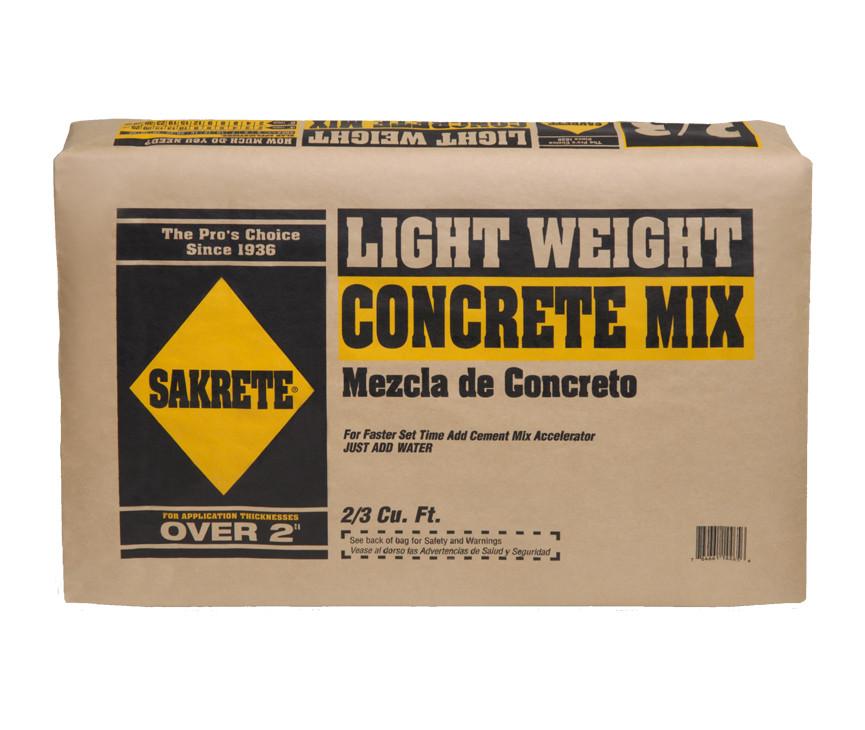
The concrete whose density is lower than normal concrete (2200 kg/m3 or 140 lb/ft3 ) is known as lightweight concrete. It includes an expanding agent in it to increases the volume of the mixture while giving additional qualities. It is lighter than conventional concrete (Dry Density 300 kg/m3 up to 1840 kg/m3). In place density of 90 to 115 lb/ft3 compared to the normal concrete of 145 to 150 lb/ft3.
Classification of Lightweight concrete:
There are three broad classifications of lightweight concrete based on the method employed for production.
1. Lightweight Aggregate Concrete
In this method a porous lightweight aggregate of low Specific Gravity instead of normal aggregate of Specific Gravity 2.6 is used.
2. Aerated, Cellular, Foamed or Gas Concrete
Large voids (Gas bubbles) are introduced into the concrete or mortar to produce a cellular mass.
3. No-Fines Concrete
In this method the fine aggregates are not used and only coarse aggregates are used in concrete as a result large voids are left reducing the density of concrete and hence the weight.
Advantages of Lightweight concrete:
- It is governed primarily by economic considerations
- Reduced Seismic Forces
- Improved Structural Efficiency
- Reduces the dead load of a structure
- Smaller sections as well as smaller sized foundations can be used
- Formwork will withstand low pressures
- Improved Constructability
- Ease of Transport
- Pumping to large distances
- Self-compaction
- Quick production
- Improved hydration due to internal curing
- Ease of Renovation and repair
- Better thermal insulation
- Can be used as Designer Dirt for Geotechnical Stabilization
Lightweight Aggregates:
Lightweight Aggregates can be classified into two major categories:
Natural Aggregates
- Pumice
- Tuff
- Volcanic Cinders
- Scoria
- Diatomite
Except diatomite all other types are volcanic in nature:
Artificial Aggregates
- Expanded clay, shale, slate
- Diatomaceous shale
- Vermiculite
- Obsidian
- Perlite



